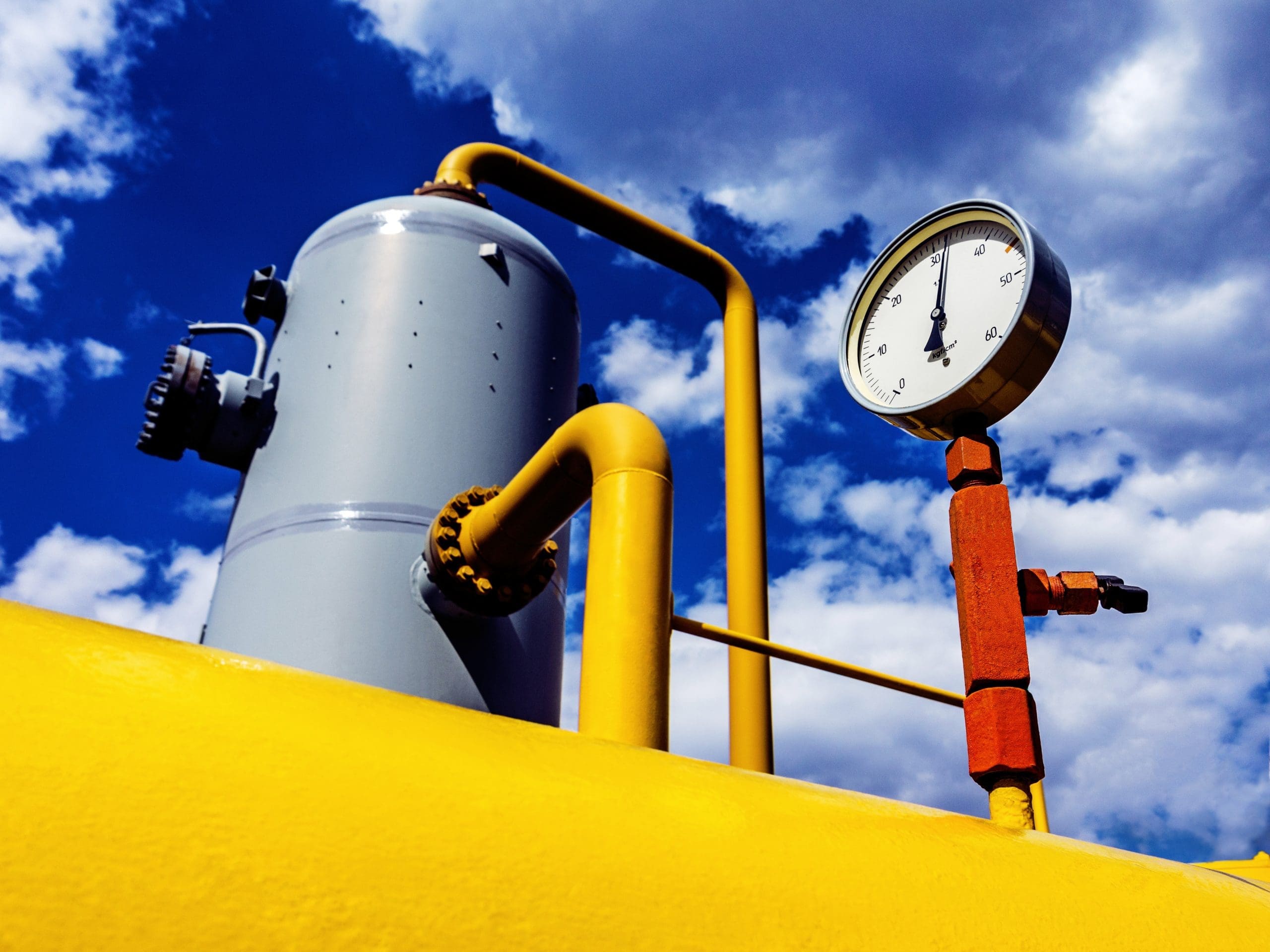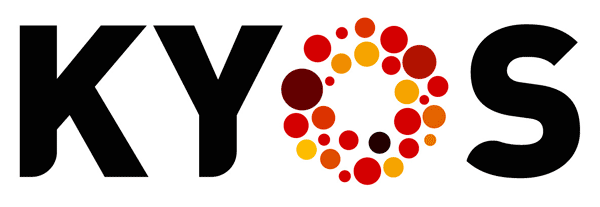What is cushion gas?
Cushion gas
Cushion gas is the amount of gas that is permanently stored in a natural gas storage. The main function is to maintain sufficient pressure in the storage to allow for adequate injection and withdrawal rates at all times. Another name for this type of gas is base gas.
The amount of required cushion gas depends on the type of storage. For example, in depleted gas reservoirs around 50% of the total volume consists of cushion gas. In comparison, salt caverns require typically around 25% of the total volume. Aquifer reservoirs require more: up to 80% of the total volume. In short, the exact amount required depends on the exact characteristics of the storage and the required withdrawal rates.

A natural gas storage requires cushion gas, or base gas to maintain sufficient pressure in the cavern. This way, it allows for adequate injection and withdrawal rates at all times.
As a result, cushion gas is an important cost element for a gas storage project. It can amount to 50%-80% of the total investment costs. You can only withdraw this gas at the end of the lifetime of a gas storage facility.
KYOS Software models and Advisory
Natural gas portfolio management is about managing price and volume risks. KYOS helps to optimize a portfolio with natural gas storage and swing contracts. Trade in the markets to maximize the flexibility value and minimize risks!
For example, our flagship software model KyStore supports traders and portfolio managers in natural gas markets. The gas storage optimization software not only raises revenues from gas storage trading operations, but also provides accurate valuations and reduces risk with adequate hedge recommendations. The model uses advanced stochastics including Least Squares Monte Carlo techniques to capture the full optionality in gas storage facilities.
Please contact us for more information, just fill out the form in the black section below.
